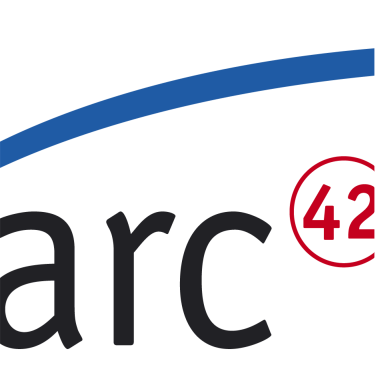Our suggestion for development teams: Use PlantUML to describe or specify runtime scenarios. It has a lightweigth textual syntax (DSL) for sequence and activity diagrams - easy to understand and a lean option for discussing and visualizing activities and processes.
@startuml
skinparam componentStyle uml2
actor Admin
participant "Import\nHandler" as IH
participant "ftp-in" as ftp
participant "Optical\nArchive" as OA
participant "Data\nManagement" as DM
participant "Error\nHandler" as EH
Admin -> IH: import( m )
IH -> Configuration: getMandatorCfg
IH -> ftp: readFile
ftp --> IH: file
IH -> OA : storeFile(file)
IH -> IH: setupFilterChain
IH -> IH: unzip(file)
IH -> IH: decrypt(uzFile)
alt parse file
loop all records
IH -> IH: parse record
IH -> DM : store client
else record error
IH -> EH: log record error
end
else file error
IH -> EH: log file error
end
@enduml
The (rendered) diagram from this textual description is shown below:

Text is easier for developer
Such textual descriptions (a DSL for scenarios) resemble source code - which is often easy for developers to create and maintain.
They can:
- use this DSL to sketch and discuss variants of scenarios
- maintain the textual representations in common versioning tools (git, subversion etc), with the established branching and merging options
- in case such scenarios are (later…) implemented in source code, the diagrams might be deleted, which will result in leaner documentation (see tip 6-5 (scenarios for discussion, not documentation)).
